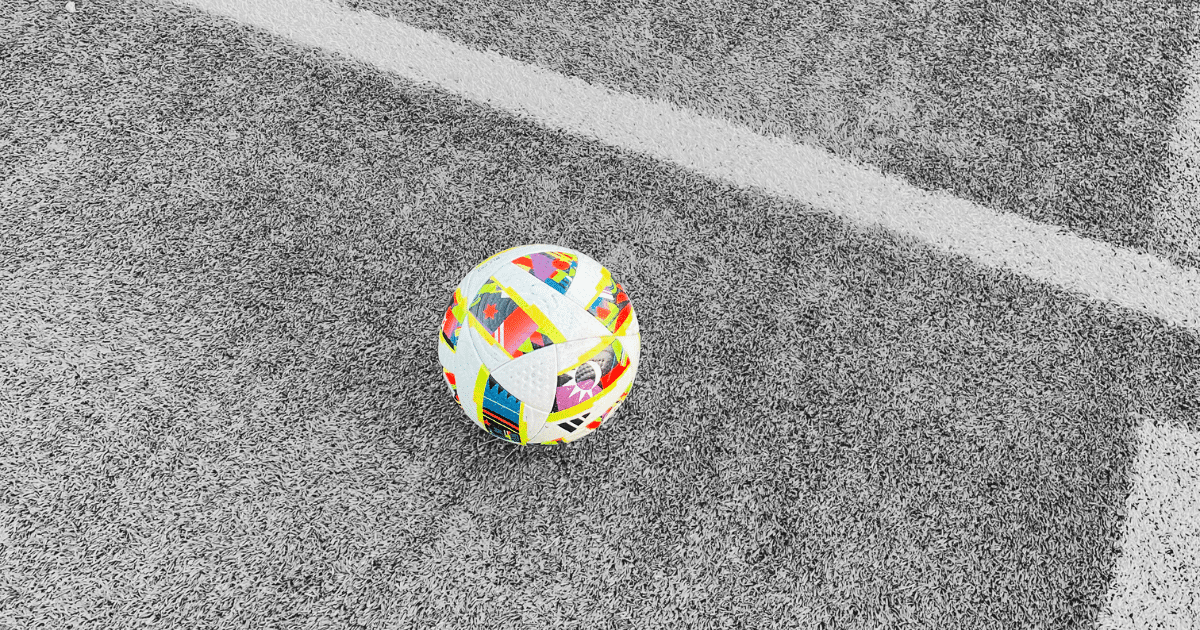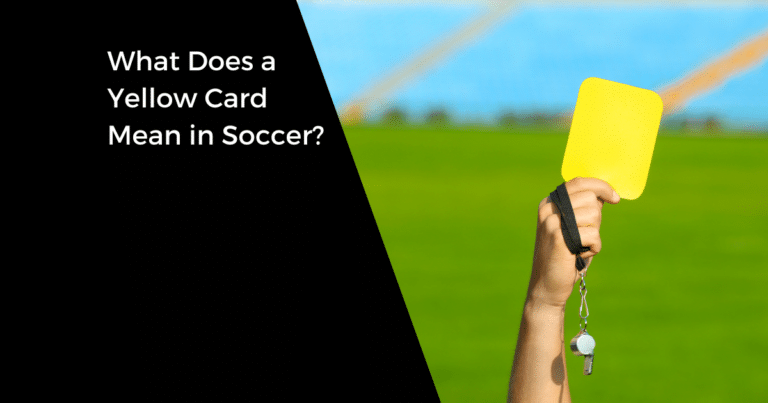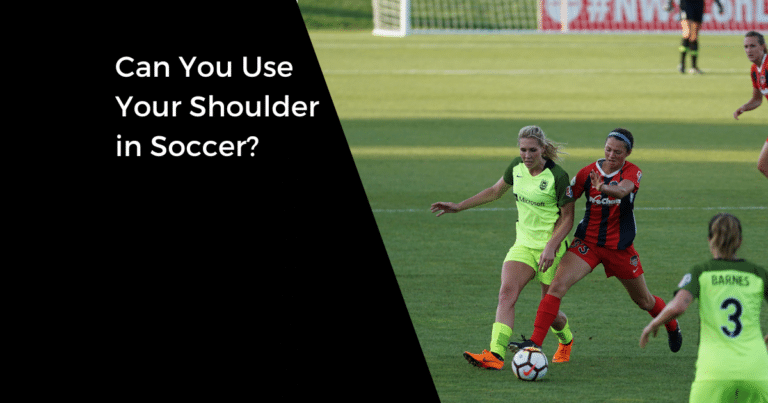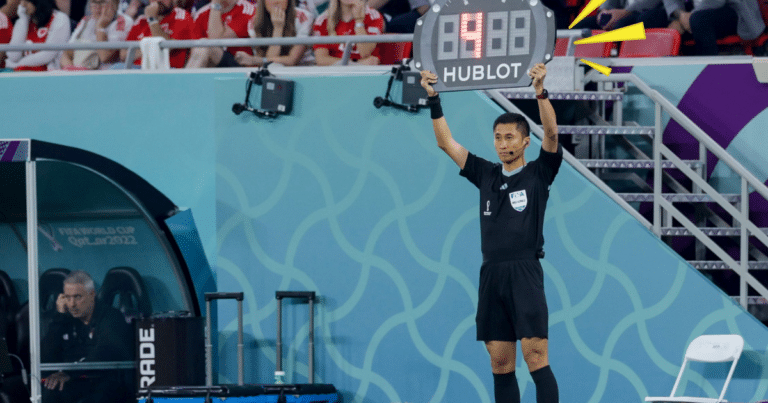The Ultimate Guide to Soccer Rules: 17 Laws of the Game

Soccer’s elegant simplicity and complexity are governed by 17 fundamental laws that make it the world’s most beloved sport. Whether you’re watching the World Cup final or a local youth match, these rules shape every moment of play.
TL;DR:
A Brief History Before We Dive In
Before we explore the 17 laws, it’s worth noting that these rules have evolved since their creation in 1863. The International Football Association Board (IFAB) maintains them, with FIFA joining in 1913 to help standardize the game globally.
The beauty of soccer’s rules lies in their simplicity. Unlike many other sports that require thick rulebooks, soccer’s core laws can be understood by anyone, anywhere, making it truly the world’s game.
The 17 Laws of the Game: Your Complete Guide
1. The Field of Play
The “pitch” must be rectangular with specific dimensions. Professional fields range from 100-130 yards long and 50-100 yards wide, marked with clear lines that define different areas of play.
The color must be green, whether natural or artificial turf.

In accordance with the laws,
- Goals must be placed at the center of each goal line.
- Each end of the field has an eight-yard-wide goal along the goal line.
- Each goal box extends out onto the field perpendicular to the goal line of six yards.
- The penalty area is bounded by 18 yards along the goal line and 18 yards perpendicular to the goal line.
- Standing at least five feet tall, a corner flag is stationed at the field’s four corners.
2. The Ball
A regulation soccer ball must be:
- 27-28 inches in circumference
- 14-16 ounces in weight
- Made of leather or similar suitable material
- Properly inflated to maintain its shape
3. The Players
Each team fields 11 players, with one designated goalkeeper. Teams must have at least 7 players to continue a match.
Professional matches allow up to 5 substitutions, though youth leagues often modify this rule.
The substitutes only enter if it is:
- A stoppage of play
- Half-time
- After the player being replaced has left the field
- After the referee gives their signal
[Updated July 1, 2024]
Concussion Substitutions: Competitions now have the option to implement additional permanent concussion substitutions, allowing teams to replace players with suspected concussions without counting against the regular substitution limit.
Team Captain Identification: Each team is required to have a captain on the field who wears an identifying armband. The armband must be issued or authorized by the relevant competition organizer or be a single-colored band that may include the word ‘captain’ or the letter ‘C’.
4. Player Equipment
Essential equipment includes:
- Shirt with sleeves
- Shorts
- Socks covering shin guards
- Cleats
- No jewelry or dangerous items
[Updated July 1, 2024]
Shinguard Specifications: Players are responsible for ensuring their shinguards are made of suitable material and are appropriately sized to provide reasonable protection.
Additional Equipment: Clarification that items such as gloves are permitted as non-dangerous protective equipment.
5. The Referee
The referee has complete authority and makes final decisions on:
- Fouls and misconduct
- Goal decisions
- Time keeping
- Game management
While VAR has added a layer of accuracy to professional matches, the human element of refereeing remains crucial to the sport’s flow and character.
6. The Other Match Officials
These include:
- Two assistant referees
- Fourth official
- Video Assistant Referee (VAR) in professional matches
- Additional assistant referees when required
7. The Duration of the Match

- Two 45-minute halves
- 15-minute halftime break
- Additional time (“stoppage time”) for delays
- Extra time and penalties if needed in knockout competitions
Time lost due to substitutions and/or injuries is usually reflected in the referee’s decision to award extra time at the end of each half.
It is up to the officials to decide when a soccer game should end, even if there is a time restriction.
8. The Start and Restart of Play
Covers all methods of restarting play, including:
- Kick-offs
- Dropped balls
- Free kicks
- Penalty kicks
9. Ball In and Out of Play
Defines when the ball is:
- In play: Within boundaries and not stopped by referee
- Out of play: Completely crossed boundary lines or play stopped
10. Determining the Outcome of a Match
Goals are scored when the entire ball crosses the goal line. Matches can be:
- Won by most goals
- Drawn
- Decided by extra time
- Decided by penalty shootout
11. Offside
One of soccer’s most debated rules. A player is in an offside position when:
- They are in the opponents’ half
- They are closer to the goal line than both the ball and second-last opponent
- They become involved in active play
12. Fouls and Misconduct
Covers all punishable offenses, including:
- Direct free kick fouls (physical fouls)
- Indirect free kick fouls (technical fouls)
- Yellow card offenses (cautions)
- Red card offenses (sending off)
[Updated July 1, 2024]
Handball Offenses: Non-deliberate handball offenses that lead to a penalty kick will now result in a caution (yellow card) if they deny the opposing team a goal or an obvious goal-scoring opportunity. Deliberate handball offenses continue to warrant a sending-off (red card).
13. Free Kicks
Two types exist:
- Direct (can score directly)
- Indirect (must touch another player before scoring)
14. The Penalty Kick
Awarded for serious fouls in the penalty area, with specific rules for:
- Ball placement
- Player positions
- Goalkeeper movement
- Outcomes
All players from both sides must stand outside the penalty area while the penalty kick is taken. After the shot has been taken, they are allowed to enter the box.
Goalkeepers are allowed to move laterally along the goal line before a shot is made but must remain on it until the ball is struck.
[Updated July 1, 2024]
Ball Positioning: During a penalty kick, part of the ball must touch or overhang the center of the penalty mark to ensure proper placement.
Encroachment: Player encroachment during penalty kicks will be penalized only if it clearly impacts the outcome of the kick, aiming to reduce unnecessary retakes.
15. The Throw-in
Rules for restaring play when the ball goes over the sideline:
- Both feet on the ground
- Two hands on the ball
- Ball thrown from behind and over the head
16. The Goal Kick
Taken when the attacking team puts the ball over the defending team’s goal line:
- Ball placed in goal area
- Ball must be still before a player kicks it
- Must leave penalty area to be in play
- Opponents must stay outside penalty area
17. The Corner Kick
Awarded when defending team puts ball over their own goal line:
- Ball placed in corner arc
- Can score directly
- Opponents must be 10 yards away
Modern Innovations and Changes
Soccer continues to evolve with technology and changing times:
- Goal-line technology implementation (2012)
- VAR introduction (2018)
- Five substitution rule (post-2020)
- Updated handball interpretations
The Spirit of the Game
While these 17 laws provide the framework, soccer’s true essence lies in how they’re applied. Youth leagues often modify rules to promote development and enjoyment, while professional matches require strict enforcement.
Remember, these laws exist to create a fair and enjoyable game for everyone involved. Whether you’re playing, coaching, or watching, understanding these rules enhances your appreciation of the beautiful game.
Keep learning and enjoying the world’s most popular sport!

Written By: Beau Bridges
Beau is the founder of SoccerNovo, dedicated to helping players and parents navigate the youth soccer landscape. As a former youth coach and soccer parent, he shares insights on player development, recruiting, and the ever-evolving soccer scene in the U.S.
Let’s connect




